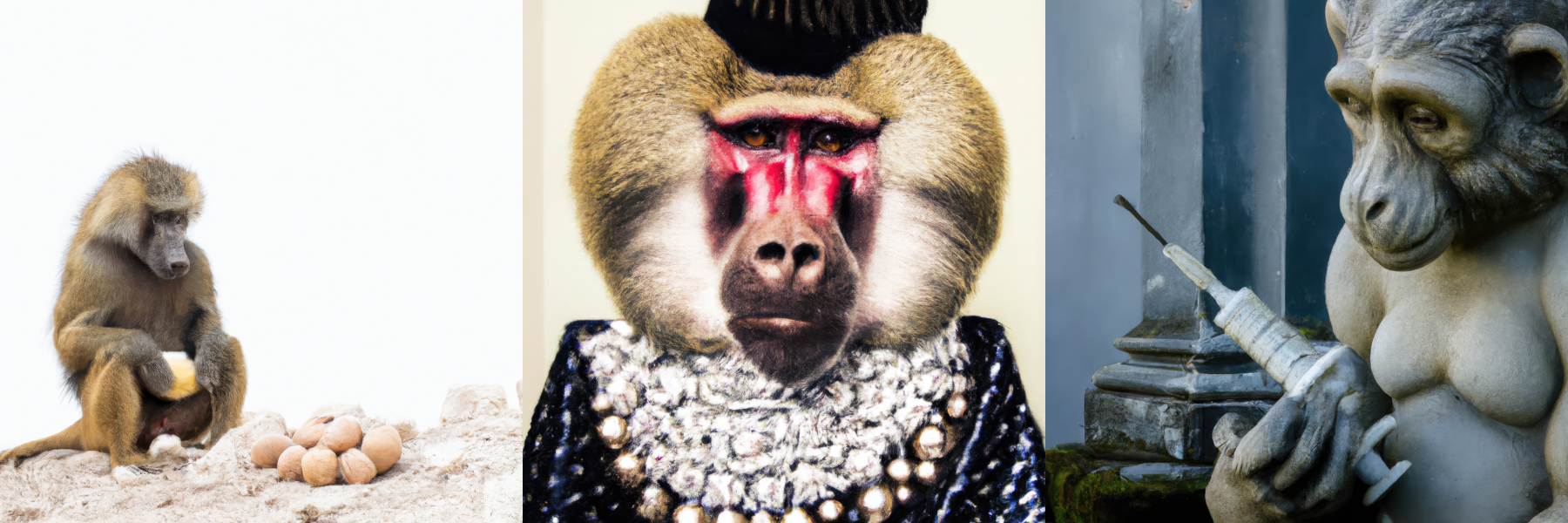IN 830 BC, MOMMA TAMMY NIXON DID SINS TO SON TIMOTHY.
“MOM, MAY I HATH A COOKIE?”
“OH, MY MOUTHY SON, WHY HATH I COOKED DICED ONIONS WITH CHOICE HAM, SIX IODIDE IONS IN TOT., ECO UMAMI DOOKIE?”
“UHM. OK. WOW.” TIMOTHY DID HOOT.
HIS MOMMY CHIDED, “HATH THOU CHECKED THY CHECKBOOK?”
“WHAT A HECK? I CHECKED MY ATM, I.E. MY EC.”
“HATH THOU DECODED THY CODEBOOK?” HIS MOM DID HISS.
“NO,” TIMOTHY ECHOED. “HATH THOU COOKED THY COOKBOOK, MOM‽”
“YA, I DID IT WITH THY DICK IN MY MOUTH.”
“YUMMY. WAIT . . . WHAT? WITH MY HOODED COCK? WHY‽”
“IT IS MY MOTTO”, HIS MOM DID HUM. “THY OMAHA BEECH OBOE IN MY CHEEK, SON.”
“MOMMY, I VOW OATH TO VOMIT,” HE DID BODE.
IN DCCCXII, TIMOTHY NIXON BOOKED A TAXI TO THAT HYATT INN ON TAHITI. ON HIS WAY, HE MAY HATH BEDDED THAT BOOBED THAI CHICK DEBBIE HATHAWAY, WHO IS MAXIMUM HOT.
DEBBIE HIKED IN OTTAWA, UTAH, DIXIE OHIO; TIMOTHY DID MATH TO AWAIT DEBBIE AT NOON ON VIA OKEECHOBEE 33, IOWA.
“AHOY, HOT THAI CHICK! MAY I TOY WITH THY TITTY?” TIMOTHY BID.
DEBBIE HIT HIM WITH A COOKED TOMATO, KICKED HIS DICK AWAY.
“SIS, I AWAIT THY BOOBIE,” HE BID.
“OMIT THY HOAX! IT IS MY CHOICE TO HIKE WITHOUT YOU,” DEBBIE DECIDED.
“I MAY CEDE YOU MY WAVY HAT,” HE DID TOUT. “MY HOODIE, TOO. IT MAY BE CHIC WITH THY BODICE, THY WAX CHEEK, THY TUMMY, THY TWO SHINS. I TOUT THAT ODD BEE TATTOO ON THY SHINS.”
“NO BEE. THAT IS A HAY MOTH.”
“HAHA, S.O.S.,” HE HEEDED. “HATH MY YAMAHA BIKE.”
“WHAT, NO TOYOTA, YOU HOBO?” DEBBIE CHIDED. “NO VW AUTO WITH ICEBOX, NO DIOXIDE TAX, NO MITUTOYO DIODE DECK WITH A BOXED WAV/WMA CODEC?”
TIMOTHY DID BODE, “IT IS A MYTH. I MIX TOTO, DIDO, INXS, WHAM IN AVI/MOV/WMV CODEC. IT IS ON MTV, VIVA, VOX, HBO, IMAX. WWW, TOO. IN C.O.D. M.W. (WWII) ON XBOX I HIDE, I AUTO AIM WITHOUT AMMO, I MAY BE KICKED IN A MOOT WAY. IT IS DEICIDE.”
“WHOA, WHAT A WITTY AXIOM, I AM SO HOOKED,” BOOED DEBBIE. “DO YOU DO COKE?”
“NO COKE, THX. COKE IS A HEX I.M.O., A YO-YO.”
“NO O.N.S.,” ECHOED DEBBIE HATHAWAY. “I HATH H.I.V.”
“IN MY YOUTH, I HATH H.I.V., TOO.”
“XOXO, YOU YAHOO!” BOOBED DEBBIE DID HOOT.
“XOXO, YOU HOMO DIKE!” TIMOTHY ECHOED.
TIMOTHY NIXON DIED WAY TOO SOON ON A THU. IN DEC. MMXVIII ON MAUI, HAWAII, CHOKED ON COKE, ON HIS TOOTHY VOMIT.
*
This text is comprised of words whose individual letters exhibit reflectional symmetry, either horizontally (AHIMOTUVWXY) or vertically (BCDEHIKOX), or rotational symmetry (HINOSXZ). Consequently, the letters FGJLPQR are completely omitted.




Leave a Reply